wintering sweet cherries in zone 4
tom4a
16 years ago
Featured Answer
Sort by:Oldest
Comments (20)
franktank232
16 years agolast modified: 9 years agojledvin
16 years agolast modified: 9 years agoRelated Professionals
Canton Landscape Architects & Landscape Designers · Allentown Landscape Architects & Landscape Designers · Deer Park Landscape Architects & Landscape Designers · San Juan Landscape Architects & Landscape Designers · McKinney Landscape Contractors · Cudahy Landscape Contractors · Darien Landscape Contractors · Hayden Landscape Contractors · Kailua Landscape Contractors · Kerman Landscape Contractors · Lemont Landscape Contractors · Los Banos Landscape Contractors · Selden Landscape Contractors · West Covina Landscape Contractors · Woodbury Landscape Contractorstom4a
16 years agolast modified: 9 years agoScott F Smith
16 years agolast modified: 9 years agofranktank232
16 years agolast modified: 9 years agotom4a
16 years agolast modified: 9 years agofranktank232
16 years agolast modified: 9 years agotom4a
16 years agolast modified: 9 years agofranktank232
16 years agolast modified: 9 years agoyoyodoc
16 years agolast modified: 9 years agofranktank232
16 years agolast modified: 9 years agotom4a
16 years agolast modified: 9 years agofranktank232
16 years agolast modified: 9 years agoBeeone
16 years agolast modified: 9 years agofranktank232
16 years agolast modified: 9 years agoBeeone
16 years agolast modified: 9 years agofranktank232
16 years agolast modified: 9 years agonorm52
13 years agolast modified: 9 years agoikeborchert
7 years ago
Related Stories

EDIBLE GARDENSHow to Grow Your Own Luscious Cherries
Nope, they’re not the easiest fruit to grow. But with spectacular blossoms and pies as possibilities, cherries are sure worth a try
Full Story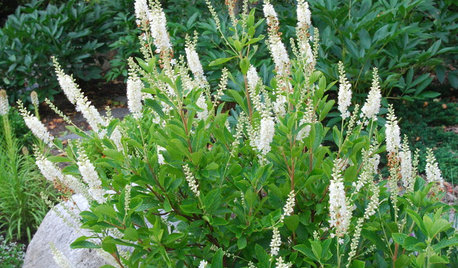
GARDENING GUIDESGreat Design Plant: Coastal Sweet Pepperbush Perfumes Gardens All Year
Bottlebrush blooms, gorgeous fall color and delightful fragrance give this U.S. native shrub 4-season appeal
Full Story
GARDENING AND LANDSCAPINGWorld of Design: 10 Home Gardeners Show Us Their Sweet Summer Harvests
From New York to Tokyo, these gardeners have turned their yards, terraces and rooftops into places of bounty
Full Story
GARDENING GUIDESGreat Design Plant: Kumquats for a Juiced-Up Winter
Grow it for the edible fruit or its good looks alone. This citrus cousin will brighten any gray winter day
Full Story
GARDENING GUIDESPlant Black Cherry Trees for the Birds and Bees
Plant Prunus serotina in the Central and Eastern U.S. for spring flowers, interesting bark and beautiful fall color
Full Story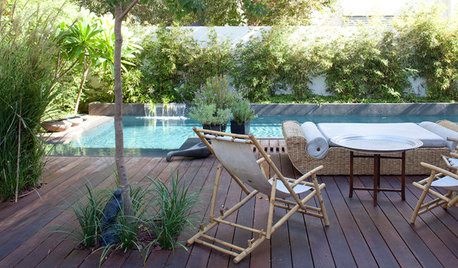
GARDENING AND LANDSCAPING10 Great Outdoor Chill Zones
Whether you have a huge poolside deck or a sliver of a patio, these ideas will kick stress to the curb all summer long
Full Story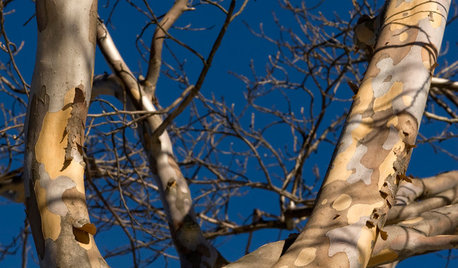
WINTER GARDENING8 Gorgeous Trees for Winter Interest in the Garden
Intriguing forms and beautiful branches take center stage when color heads back into the wings of the winter landscape
Full Story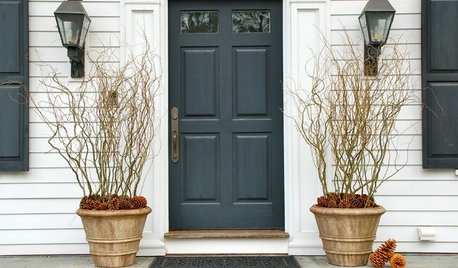
WINTER GARDENINGBranches Bring the Winter Spirit to Container Gardens
Add dimension and drama to winter pots with branches from austere to downright colorful
Full Story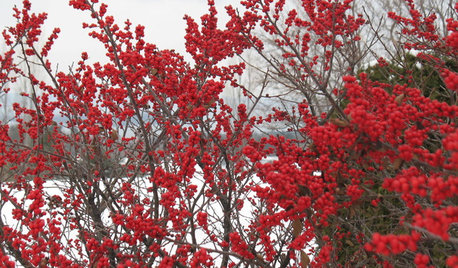
GARDENING GUIDES6 Rockin’ Red Plants for Winter Gardens
Use the bright berries or branches of these cold-climate favorites for outdoor garden interest or container arrangements anywhere
Full Story
LIFEHard Winter? 9 Ways to Battle Cabin Fever
We know a lot of you are trapped where it just won’t stop snowing. Here are some ways to survive
Full Story





Konrad..just outside of Edmonton Alberta